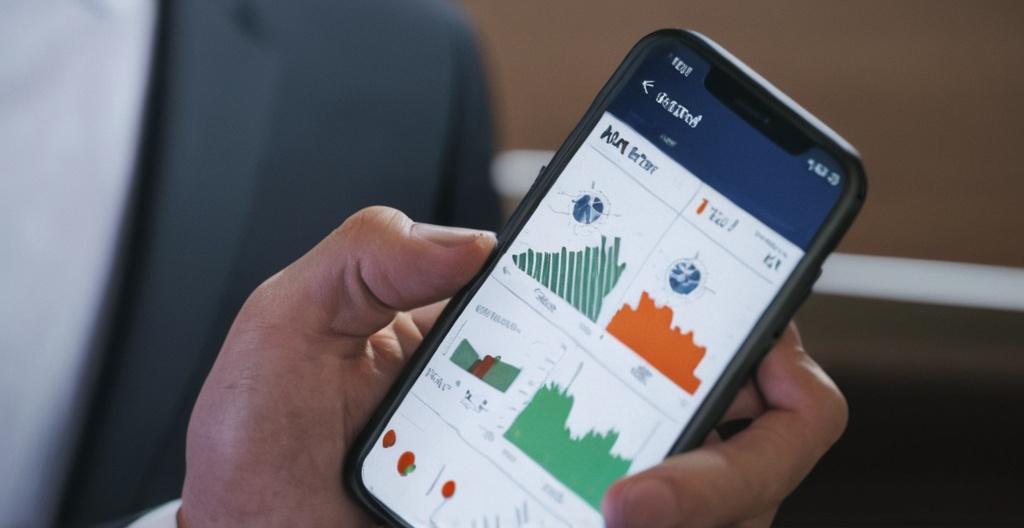Key Take Aways About Candlestick Chart
- Candlestick charts are invaluable trading tools depicting market mood with each candle showing open, high, low, and close prices.
- Candlesticks have components: body (shows open-close difference), shadows (high-low extremes), and colors (bullish or bearish).
- Candlestick patterns, like Doji, Hammer, and Shooting Star, reveal market psychology and potential trends.
- Combining multiple candlesticks (Engulfing, Harami, Morning Star) provides signals of market direction changes.
- Candlesticks should be used alongside other analyses like trend lines and moving averages, as trading requires a mix of art and science.

Candlestick Chart: A Trading Tool With Some Character
When it comes to trading, candlestick charts aren’t just for show—they’re the real deal. Picture this: you’re looking to buy low, sell high, and skyrocket those returns. But how do you figure out when to make your move? That’s where candlestick charts come into play, a visual aid to help traders read the market’s mood.
Candlestick charts speak volumes about price action, with each ‘candle’ representing a specific time frame. Need a quick refresher? Here it is: a candlestick has four vital ingredients—open, high, low, and close prices for the period. The body of the candlestick shows the range between the opening and closing prices, while the shadows (or wicks) illustrate the highs and lows.
The Anatomy of Candlesticks
A candlestick isn’t just a waxy stick with some flame. Its anatomy helps traders figure out what the heck the market’s up to.
- Body: The fat part of the candlestick that tells you the difference between the opening and closing prices. If the close is higher than the open, you’ve got a bullish candle; if it’s lower, it’s bearish. You might even say it’s got a real “glass half-full or half-empty” vibe.
- Shadows: These are the thin lines, or wicks, stretching above and below the body. They paint a picture of the price extremes during the period, from high to low.
- Colors: Candlesticks usually come in two flavors—green (or white) for bullish, indicating price increase, and red (or black) for bearish, showing price decrease.
Reading the Room: Candlestick Patterns
Candlestick patterns are like a unique dialect in the language of trading. Knowing these patterns can offer a sneak peek into the psychology driving the market. Let’s get down to the nitty-gritty of some well-known patterns.
Single Candlestick Patterns
Individual candles can tell quite a story on their own. Here’s a few you might bump into:
- Doji: When the market’s indecisive, a Doji appears. It’s like the classic coin flip—could go either way because the open and close are super close or even identical, creating a cross or plus sign shape.
- Hammer: Found at the bottom of downtrends, this little fella’s a bullish reversal signal. It looks like a hammer with a tiny body and long lower shadow. If you spot one, you might just be witnessing a market attempting a comeback.
- Shooting Star: This one’s like the mischievous twin of the hammer but found in uptrends. It indicates a potential bearish reversal, with a small body and a long upper wick suggesting a market that’s losing steam.
Double Candlestick Patterns
Sometimes, it takes two to tango. Here’s how two candlesticks can play off each other:
- Engulfing Pattern: The name says it all. A bullish engulfing pattern occurs when a small bearish candle is swallowed whole by a larger bullish one. Vice versa for a bearish engulfing pattern. It’s like the market saying, “I’ll take that, and raise you one.”
- Harami: This pattern’s all about contrast. A small candle within the range of a previous larger one, usually indicating exhaustion or a possible reversal. Picture a market just catching its breath.
Triple Candlestick Patterns
Sometimes, it’s all about teamwork:
- Morning Star: A bullish combo platter of three: a bearish candle, a small indecisive candle, and a bullish candle. It’s like the market’s version of getting up on the right side of the bed.
- Evening Star: The counter part to the morning star, this bearish pattern features a bullish candle, a small indecisive one, and ends with a bearish candle. Think of it as the market ready to hit the hay.
Applying Candlestick Charts in Trading
Candlesticks are more than just pretty patterns. Traders use them alongside other tools to design strategies that can involve buying, selling, and portfolio management. The trick is not just spotting the patterns, but recognizing their context within the market environment and other indicators.
Let’s be real, while candlestick patterns are like trusty sidekicks, they aren’t magical answers to market mysteries. They’re best used in conjunction with other forms of analysis like trend lines, moving averages, or volume data. And remember, past performance doesn’t guarantee future results—trading is part art, part science, and a bit like a game of poker.
A Word on Emotion and Trading
Candlestick charts can also play with your emotions. But keep in mind, the market only cares about supply and demand, not your feelings. It’s crucial to stay level-headed, even when those candlesticks look like they’re shouting at you to make a move.
By understanding candlestick charts, you’re not just seeing numbers and lines; you’re getting an insight into the very soul of the market. Just remember to keep your cool, use other charting tools for confirmation, and keep an eye on the broader economic landscape. After all, even the clearest candlestick needs a wise trader to interpret it.